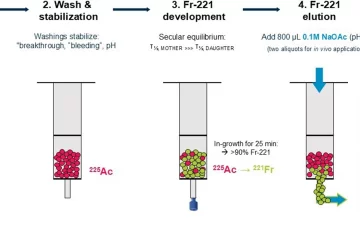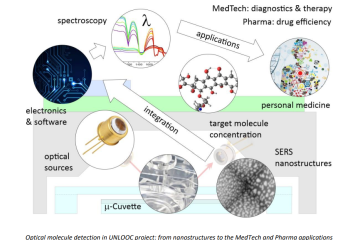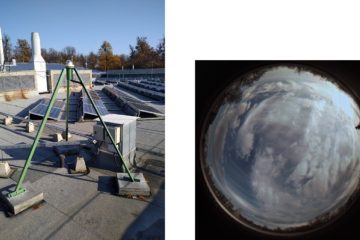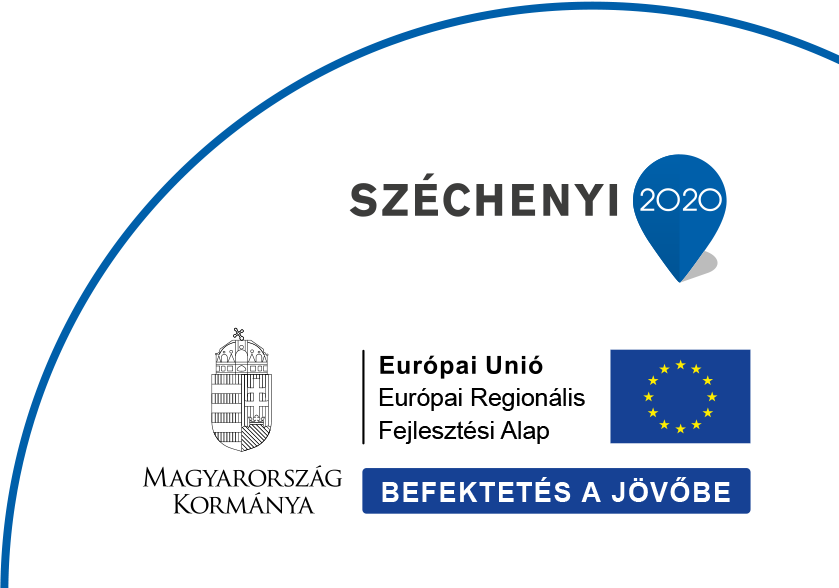- Fusion energy reliably generated due to the unique capabilities of the Joint European Torus (JET) facility in Oxford
- Major scientific achievements reflect unparalleled dedication and effectiveness of the international team of scientists and engineers at JET
- JET has played a central role in accelerating the development of fusion energy.
GARCHING and OXFORD (8 February 2024) –
The Joint European Torus (JET), one of the world’s largest and most powerful fusion machines, has demonstrated the ability to reliably generate fusion energy, whilst simultaneously setting a world-record in energy output.
These notable accomplishments represent a significant milestone in the field of fusion science and engineering.
Throughout JET’s final deuterium-tritium experiments (DTE3), fusion power was consistently produced for 5.2 seconds, resulting in a ground-breaking record of 69.26 megajoules using a mere 0.21 milligrams of fuel.
JET is a tokamak, a design which uses powerful magnetic fields to confine a plasma in the shape of a doughnut.
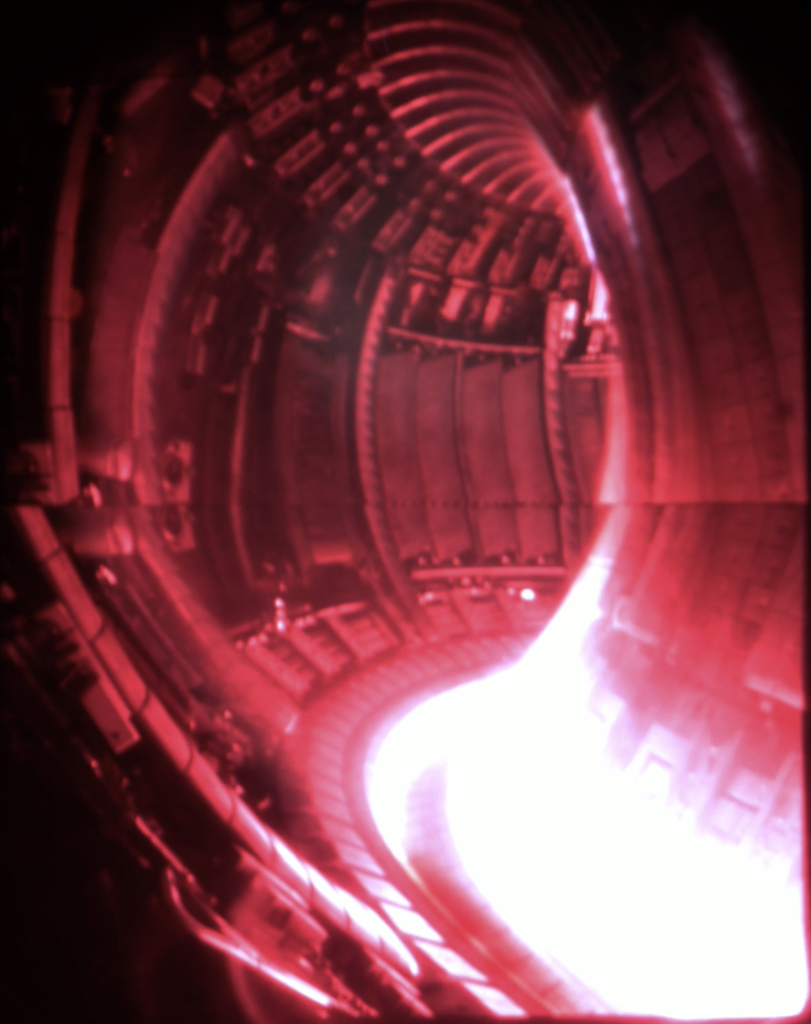
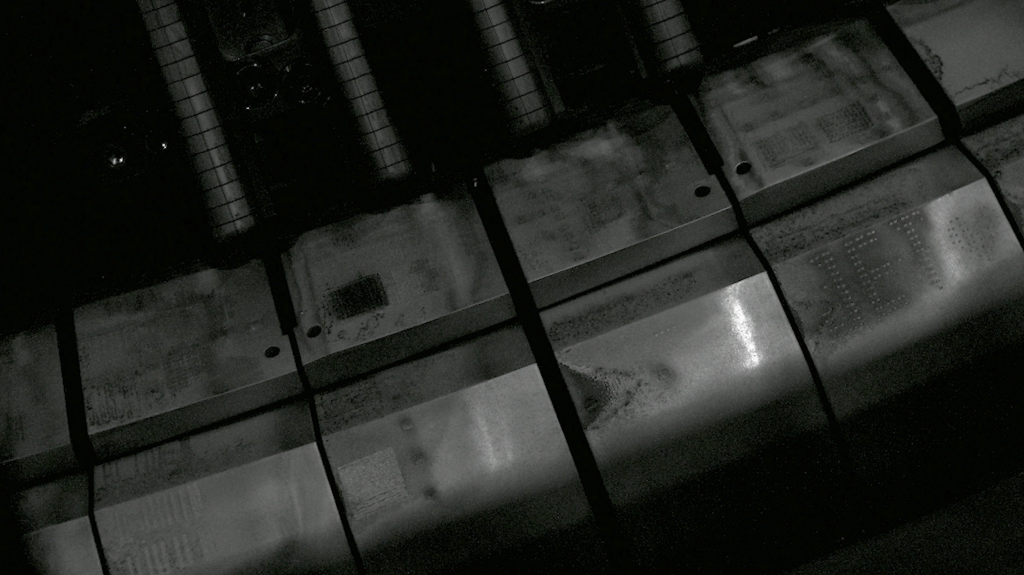
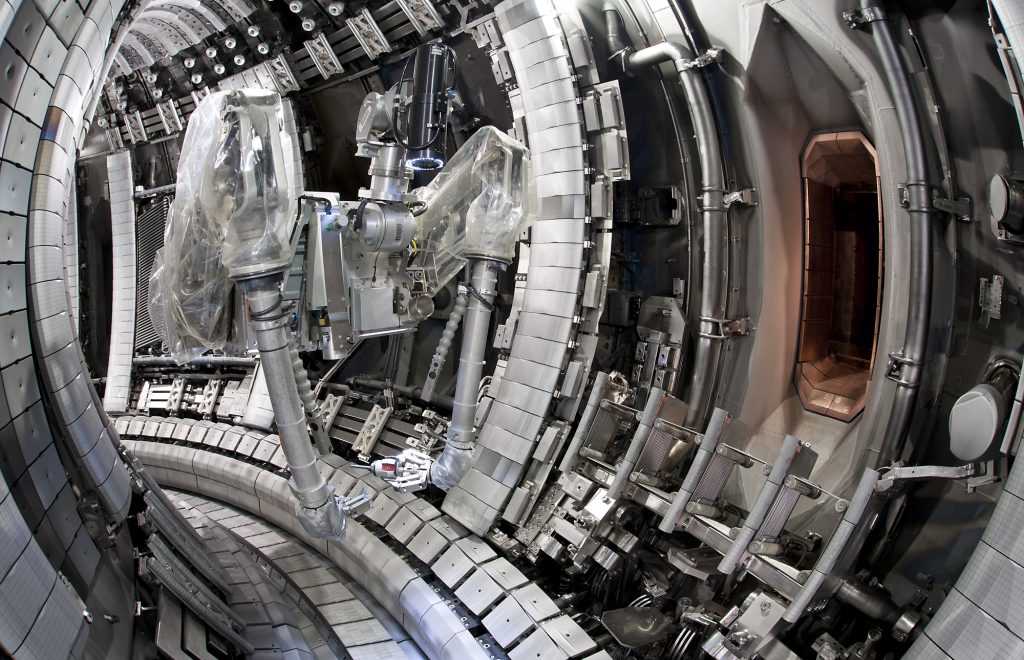
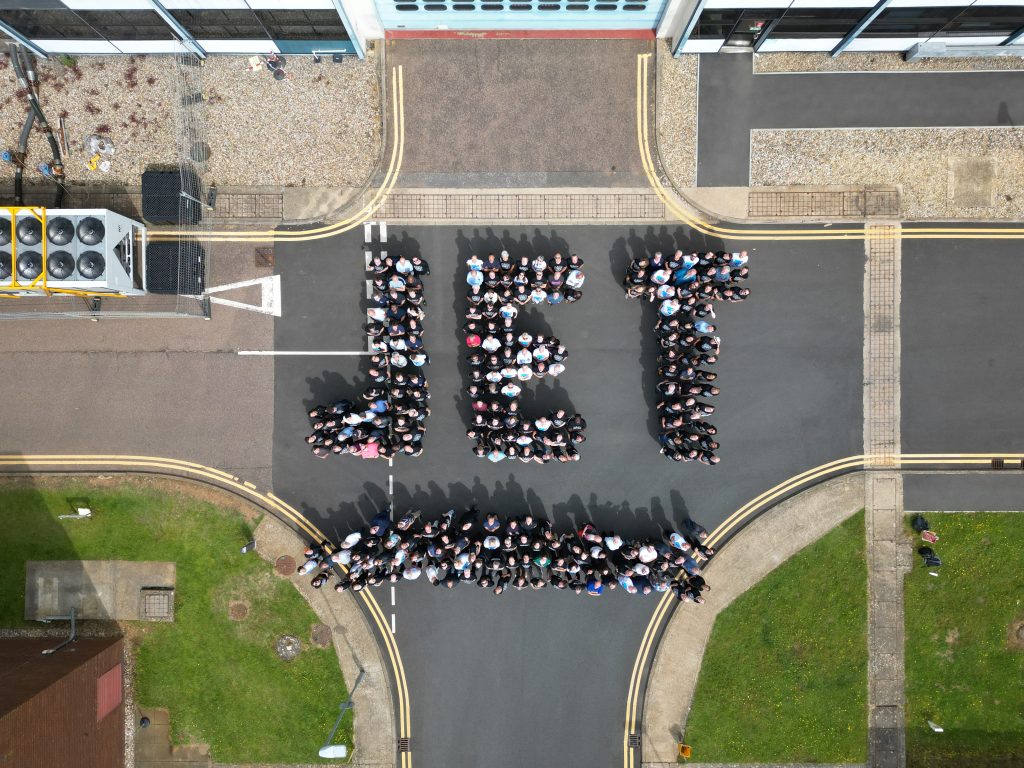
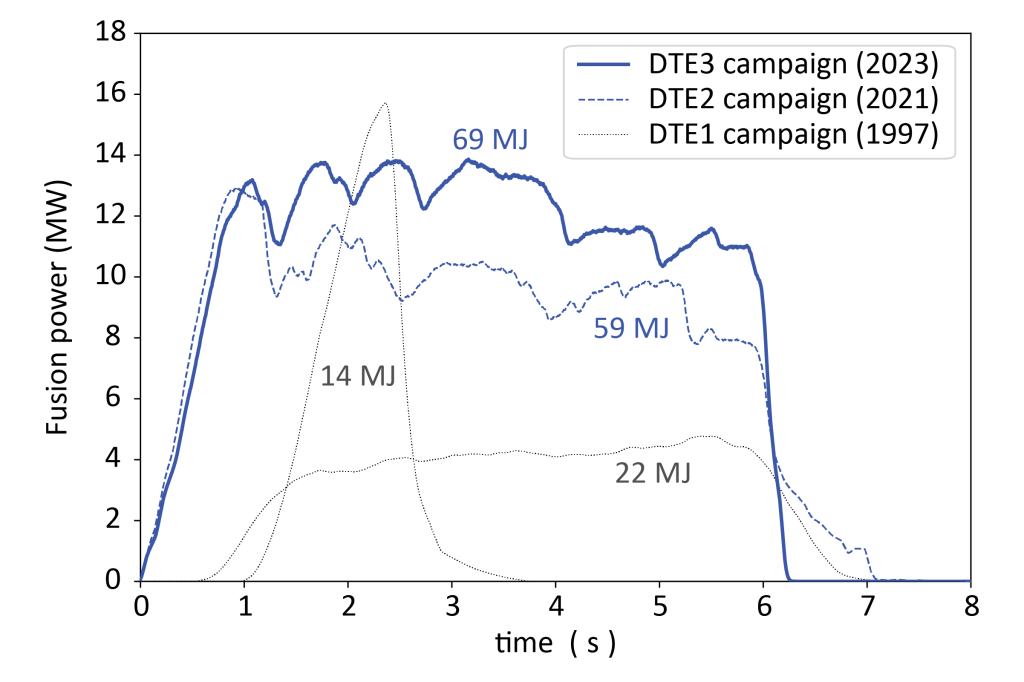
Dr Fernanda Rimini, JET Senior Exploitation Manager, JET Scientific Operations Leader, said: “We can reliably create fusion plasmas using the same fuel mixture to be used by commercial fusion energy powerplants, showcasing the advanced expertise developed over time.”
Most approaches to creating commercial fusion favour the use of two hydrogen variants – deuterium and tritium. When deuterium and tritium fuse together they produce helium and vast amounts of energy – a reaction that will form the basis of future fusion powerplants.
Professor Ambrogio Fasoli, Programme Manager (CEO) at EUROfusion, said, “Our successful demonstration of operational scenarios for future fusion machines like ITER and DEMO, validated by the new energy record, instil greater confidence in the development of fusion energy. Beyond setting a new record, we achieved things we’ve never done before and deepened our understanding of fusion physics.”
Emmanuel Joffrin, EUROfusion Tokamak Exploitation Task force Leader from CEA, said: “Not only did we demonstrate how to soften the intense heat flowing from the plasma to the exhaust, we also showed in JET how we can get the plasma edge into a stable state thus preventing bursts of energy reaching the wall. Both techniques are intended to protect the integrity of the walls of future machines. This is the first time that we’ve ever been able to test those scenarios in a deuterium-tritium environment.”
Over 300 scientists and engineers from EUROfusion – a consortium of researchers across Europe, contributed to these landmark experiments at the UK Atomic Energy Authority (UKAEA) site in Oxford, showcasing the unparalleled dedication and effectiveness of the international team at JET.
The results solidify JET’s pivotal role in advancing safe, low-carbon, and sustainable fusion energy.
Minister for Nuclear and Networks, Andrew Bowie, said: “JET’s final fusion experiment is a fitting swansong after all the groundbreaking work that has gone into the project since 1983. We are closer to fusion energy than ever before thanks to the international team of scientists and engineers in Oxfordshire.
“The work doesn’t stop here. Our Fusion Futures programme has committed £650 million to invest in research and facilities, cementing the UK’s position as a global fusion hub.”
JET concluded its scientific operations at the end of December 2023.
Professor Sir Ian Chapman, UKAEA CEO, said: “JET has operated as close to powerplant conditions as is possible with today’s facilities, and its legacy will be pervasive in all future powerplants. It has a critical role in bringing us closer to a safe and sustainable future.”
JET’s research findings have critical implications not only for ITER – a fusion research mega-project being built in the south of France – but also for the UK’s STEP prototype powerplant, Europe’s demonstration powerplant, DEMO, and other global fusion projects, pursuing a future of safe, low-carbon, and sustainable energy.
Pietro Barabaschi, ITER Director-General, said: “Throughout its lifecycle, JET has been remarkably helpful as a precursor to ITER: in the testing of new materials, in the development of innovative new components, and nowhere more than in the generation of scientific data from Deuterium-Tritium fusion. The results obtained here will directly and positively impact ITER, validating the way forward and enabling us to progress faster toward our performance goals. On a personal note, it has been for me a great privilege having myself been at JET for a few years. There I had the opportunity to learn from many exceptional people.”
JET has been instrumental in advancing fusion energy for over four decades, symbolising international scientific collaboration, engineering excellence, and the commitment to harness the power of fusion energy – the same reactions that fuel the Sun and stars.
JET demonstrated sustained fusion over five seconds at high power and set a world-record in 2021. JET’s first deuterium-tritium experiments took place in 1997.
As it transitions into the next phase of its life cycle for repurposing and decommissioning, a celebration in late February 2024 will honour its founding vision and the collaborative spirit that has driven its success.
The achievements at JET, from the major scientific milestones to the setting of energy records, underscores the facility’s enduring legacy in the evolution of fusion technology.
Its contributions to fusion science and engineering have played a crucial role in accelerating the development of fusion energy, which promises to be a safe, low carbon and sustainable part of the world’s future energy supply.
About the fusion energy fuel
Deuterium is plentiful and can be extracted from water. Tritium is a radioactive variant of hydrogen with a half-life of about 12 years. Tritium can be farmed from Lithium.
About the final deuterium-tritium experiments (DTE3)
The third round of experiments using deuterium and tritium fuel were conducted over seven weeks from 31st August to 14th October 2023. They focused on three areas – plasma science, materials science and neutronics.
JET’s fusion energy record is a result of the advanced capability in operating deuterium-tritium plasmas. These experiments were primarily designed as the first-ever opportunity to demonstrate the feasibility of minimising heat loads on the wall in a deuterium-tritium environment, crucial for ITER scenarios.
To read more about the experiments, please visit https://euro-fusion.org/eurofusion-news/dte3-results/
40 years of fusion science
JET has been the largest and most successful fusion experiment in the world, and a central research facility of the European Fusion Programme. JET is based at the UKAEA campus in Culham, UK and has been a collective facility used by more than 31 European laboratories under the management of the EUROfusion consortium—experts, students and staff from across Europe, co-funded by the European Commission.
Since its inception in 1983 as a joint European project, JET has been at the forefront of groundbreaking achievements, spearheading the pursuit of safe, low-carbon, and sustainable fusion energy solutions to meet the world’s future energy demands.
Over its lifetime JET has delivered crucial insights into the complex mechanics of fusion, allowing scientists to plan the international fusion experiment ITER and DEMO, the demonstration fusion power plant currently under design by the European fusion community.
Built by Europe and used collaboratively by European researchers over its lifetime, JET became UKAEA property in October 2021, celebrated its 40th anniversary in June this year, and ceased plasma operations at the end of 2023.
Fusion energy’s potential
Fusion, the process that powers stars like our sun, promises a clean baseload source of heat and electricity for the long term, using small amounts of fuel that can be sourced worldwide from inexpensive materials.
Deuterium and tritium are two heavier variants of ordinary hydrogen and together offer the highest reactivity of all fusion fuels. At a temperature of 150 million degrees Celsius, deuterium and tritium fuse together to form helium and release a tremendous amount of heat energy without any greenhouse contributions. Fusion is inherently safe in that it cannot start a run-away process and produces no long-lived waste.
